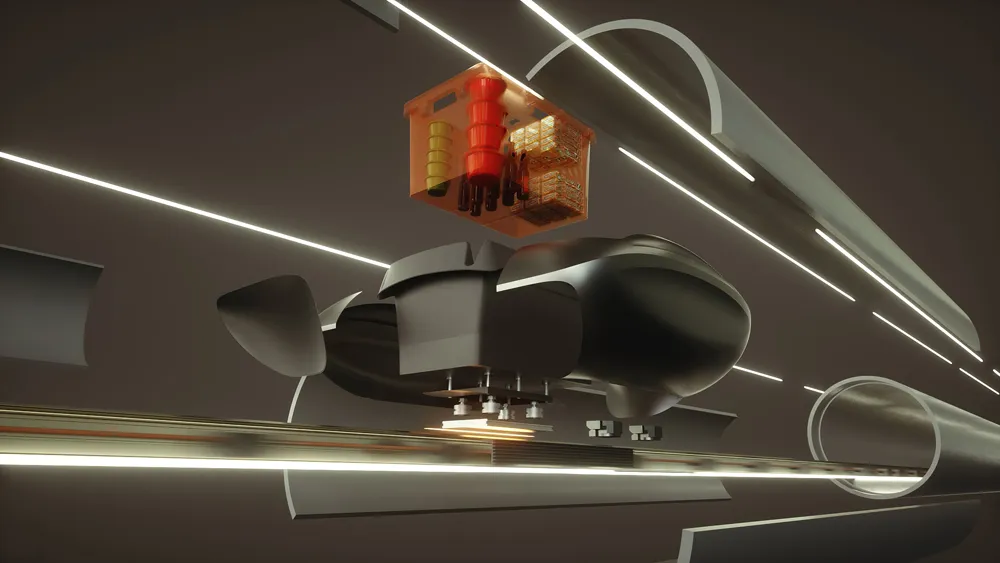A new report published by Allied Market Research, Automotive Sensors Market by Product and End User - Global Opportunity Analysis and Industry Forecast, 2014-2022, projects that the automotive sensors market was valued at US$22 billion in 2015 and is expected to reach US$37 billion by 2022, growing at a CAGR of 7.5 per cent from 2016 to 2022.
Micro-electromechanical systems (MEMS) sensors are expected to dominate this market from 2016 to 2022. Europe will continue to lead, accounting for approximately 35
January 20, 2017
Read time: 2 mins
A new report published by Allied Market Research, Automotive Sensors Market by Product and End User - Global Opportunity Analysis and Industry Forecast, 2014-2022, projects that the automotive sensors market was valued at US$22 billion in 2015 and is expected to reach US$37 billion by 2022, growing at a CAGR of 7.5 per cent from 2016 to 2022.
Micro-electromechanical systems (MEMS) sensors are expected to dominate this market from 2016 to 2022. Europe will continue to lead, accounting for approximately 35 per cent share of the global automotive sensors market revenue in 2015.
Increasing demand for different types of sensors, especially in autonomous cars, is expected to drive the automotive sensors market during the forecast period. Furthermore, advanced technologies such as advanced driver assistance systems and lane departure warning systems are likely to provide huge impetus to the market growth. Government authorities across the globe have imposed regulations to avoid road accidents in a bid to improve the safety and security of the passengers, which would further supplement the growth of automotive sensor market.
Key findings in the report indicate that MEMS sensors would lead the overall automotive sensors market, accounting for over 40 per cent of the automotive sensor market revenue throughout the analysis period. The powertrain market is the predominant application segment and is expected maintain its dominance throughout the forecast period as automotive sensors are increasingly being utilised in powertrains to reduce carbon emissions and enhance fuel efficiency.
Europe accounted for the majority of revenue in 2015 and is expected to maintain its dominance throughout the forecast period. This is attributed to the increasing demand of emission control sensors (ECS) with the emergence of strict regulations such as EURO VI, NS VI and BS VI. Furthermore, European government has also tightened the rules for safety, which is likely to fuel the market in years to come.
Asia Pacific is anticipated to register the fastest CAGR of eight per cent during the forecast period, while Japan is the major shareholder, accounting for about 27 per cent share of the overall Asia-Pacific automotive sensors market.
Micro-electromechanical systems (MEMS) sensors are expected to dominate this market from 2016 to 2022. Europe will continue to lead, accounting for approximately 35 per cent share of the global automotive sensors market revenue in 2015.
Increasing demand for different types of sensors, especially in autonomous cars, is expected to drive the automotive sensors market during the forecast period. Furthermore, advanced technologies such as advanced driver assistance systems and lane departure warning systems are likely to provide huge impetus to the market growth. Government authorities across the globe have imposed regulations to avoid road accidents in a bid to improve the safety and security of the passengers, which would further supplement the growth of automotive sensor market.
Key findings in the report indicate that MEMS sensors would lead the overall automotive sensors market, accounting for over 40 per cent of the automotive sensor market revenue throughout the analysis period. The powertrain market is the predominant application segment and is expected maintain its dominance throughout the forecast period as automotive sensors are increasingly being utilised in powertrains to reduce carbon emissions and enhance fuel efficiency.
Europe accounted for the majority of revenue in 2015 and is expected to maintain its dominance throughout the forecast period. This is attributed to the increasing demand of emission control sensors (ECS) with the emergence of strict regulations such as EURO VI, NS VI and BS VI. Furthermore, European government has also tightened the rules for safety, which is likely to fuel the market in years to come.
Asia Pacific is anticipated to register the fastest CAGR of eight per cent during the forecast period, while Japan is the major shareholder, accounting for about 27 per cent share of the overall Asia-Pacific automotive sensors market.








